If you were captivated by the surreal and haunting atmosphere of 'You Are Not I' (1981), this article is for you. We’ve curated a list of 10 movies and shows that share its dreamlike storytelling, psychological depth, and avant-garde style. Whether you're a fan of experimental cinema or simply seeking more mind-bending narratives, these picks will intrigue and unsettle you in the best way possible.

The Cabinet of Dr. Caligari (1920)
Description: Features a highly stylized, expressionistic visual aesthetic that distorts reality, much like the dreamlike and disorienting tone of the reference film. The narrative also delves into themes of madness and control.
Fact: Considered one of the first true horror films and a landmark of German Expressionist cinema. The sets were designed to look like twisted, painted backdrops to enhance the surreal atmosphere.
 Watch Now
Watch Now 
Last Year at Marienbad (1961)
Description: Uses a fragmented, non-linear narrative to create a sense of ambiguity and unreality. The film's lush yet cold visuals and themes of memory and time resonate with the reference film's tone.
Fact: The screenplay was written in the form of a poem, with no traditional dialogue or plot structure. The film's enigmatic style has inspired countless debates about its true meaning.
 Watch Now
Watch Now 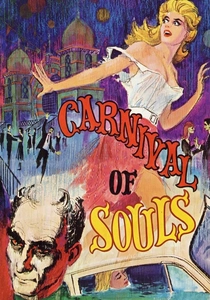
Carnival of Souls (1962)
Description: Uses a haunting, low-budget aesthetic to create a sense of unease and otherworldliness. The film's themes of isolation and the supernatural resonate with the reference film's tone.
Fact: The film was largely ignored upon release but later gained a cult following as a masterpiece of indie horror. It was shot in just three weeks on a shoestring budget.
 Watch Now
Watch Now 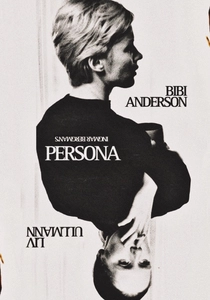
Persona (1966)
Description: Explores identity, duality, and the blurring of reality through its minimalist yet deeply psychological storytelling. The film's stark visuals and intense focus on its characters' inner lives create a similarly haunting experience.
Fact: The film was initially banned in some countries due to its controversial themes and imagery. It features one of the most analyzed and debated scenes in cinema history involving a broken film strip.
 Watch Now
Watch Now 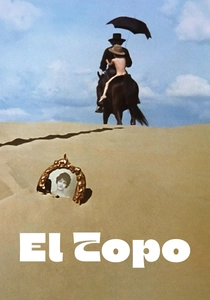
El Topo (1970)
Description: Combines surreal imagery with a cryptic, allegorical narrative, creating a similarly disorienting and symbolic experience. The film's mix of violence, spirituality, and absurdity mirrors the reference film's tone.
Fact: The film was a major influence on the 'midnight movie' phenomenon of the 1970s. It was initially rejected by distributors for being too avant-garde but gained a cult following through word of mouth.
 Watch Now
Watch Now 
Eraserhead (1977)
Description: Shares a surreal, nightmarish atmosphere with a focus on psychological horror and existential dread. The film's black-and-white cinematography and industrial soundscape create a similarly unsettling mood.
Fact: The film took five years to complete due to budget constraints and David Lynch's meticulous attention to detail. It was initially rejected by several studios for being too bizarre.
 Watch Now
Watch Now 
The Tenant (1976)
Description: Explores themes of paranoia, identity, and alienation through a claustrophobic and increasingly surreal narrative. The film's psychological tension and eerie visuals align with the reference film's mood.
Fact: The film was based on a novel by Roland Topor, who also contributed to the screenplay. It is the third in Roman Polanski's 'Apartment Trilogy,' though it is often overshadowed by the other two films.
 Watch Now
Watch Now 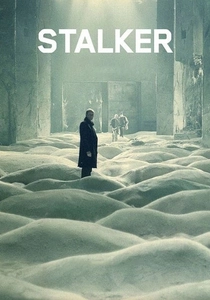
Stalker (1979)
Description: Delivers a meditative, slow-paced exploration of existential themes and human desire, wrapped in a mysterious, almost otherworldly setting. The film's atmospheric tension and philosophical depth align closely with the reference film's ethos.
Fact: The film was shot twice because the original footage was ruined during development. The Zone's eerie landscapes were filmed in abandoned industrial sites and power plants.
 Watch Now
Watch Now 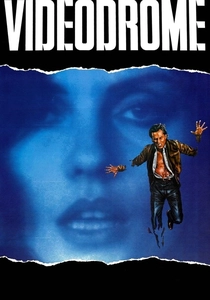
Videodrome (1983)
Description: Blurs the line between reality and hallucination, much like the reference film's surreal narrative. Its body horror and critique of media consumption add layers of psychological and physical unease.
Fact: The special effects were so groundbreaking that they earned the film an Academy Award nomination. The film's tagline, 'Long live the new flesh,' has become iconic in cult cinema.
 Watch Now
Watch Now 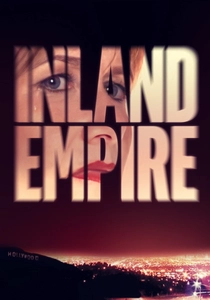
Inland Empire (2006)
Description: Features a labyrinthine, dreamlike narrative that challenges the viewer's perception of reality. The film's use of digital video and unsettling atmosphere creates a similarly immersive and disquieting experience.
Fact: The film was shot without a completed script, with actors often receiving directions on the day of filming. It is one of the longest commercially released films shot entirely on standard-definition digital video.
 Watch Now
Watch Now 








